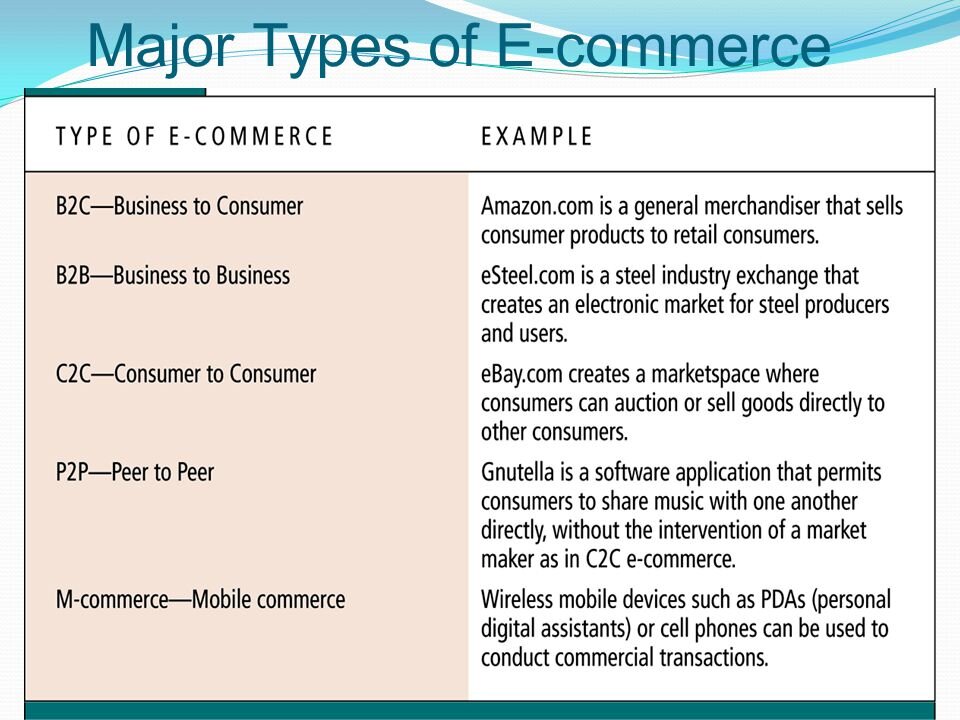e-Commerce in India
Introduction
- Electronic commerce or e-commerce is a business model that lets firms and individuals buy and sell things over the Internet.
- Propelled by rising smartphone penetration, the launch of 4G networks and increasing consumer wealth, the Indian e-commerce market is expected to grow to US$ 200 billion by 2026 from US$ 38.5 billion in 2017.
- India’s e-commerce revenue is expected to jump from US$ 39 billion in 2017 to US$ 120 billion in 2020, growing at an annual rate of 51%, the highest in the world.
- The Indian e-commerce industry has been on an upward growth trajectory and is expected to surpass the US to become the second-largest e-commerce market in the world by 2034.

Advantages of e-Commerce
- The process of e-commerce enables sellers to come closer to customers that lead to increased productivity and perfect competition. The customer can also choose between different sellers and buy the most relevant products as per requirements, preferences, and budget. Moreover, customers now have access to virtual stores 24/7.
- e-Commerce also leads to significant transaction cost reduction for consumers.
- e-commerce has emerged as one of the fast-growing trade channels available for the cross-border trade of goods and services.
- It provides a wider reach and reception across the global market, with minimum investments. It enables sellers to sell to a global audience and also customers to make a global choice. Geographical boundaries and challenges are eradicated/drastically reduced.
- Through direct interaction with final customers, this e-commerce process cuts the product distribution chain to a significant extent. A direct and transparent channel between the producer or service provider and the final customer is made. This way products and services that are created to cater to the individual preferences of the target audience.
- Customers can easily locate products since e-commerce can be one store set up for all the customers’ business needs
- Ease of doing business: It makes starting, managing business easy and simple.
- The growth in the e-commerce sector can boost employment, increase revenues from export, increase tax collection by ex-chequers, and provide better products and services to customers in the long-term.
- The e-commerce industry has been directly impacting the micro, small & medium enterprises (MSME) in India by providing means of financing, technology and training and has a favourable cascading effect on other industries as well.
Disadvantages of e-Commerce
- There is lesser accountability on part of e-commerce companies and the product quality may or may not meet the expectations of the customers.
- It depends strongly on network connectivity and information technology. Mechanical failures can cause unpredictable effects on total processes.
- Definite legislations both domestically and internationally to regulate e-commerce transactions are still to be framed leading to lack of regulation of the sector.
- At times, there is a loss of privacy, culture or economic identity of the customer.
- There is a chance of fraudulent financial transactions and loss of sensitive financial information.
- The Internet is borderless with minimum regulation, and therefore protecting intellectual property rights (IPR) on the Internet is a growing concern. There are currently several significant IPR issues including misuse of trademark rights.
Government Initiatives Regarding e-Commerce in India
- In February 2019, a draft National e-Commerce policy has been prepared and placed in the public domain, which addresses six broad issues of the e-commerce ecosystem viz. e-commerce marketplaces; regulatory issues; infrastructure development; data; stimulating domestic digital economy and export promotion through e-commerce.
- The Department of Commerce initiated an exercise and established a Think Tank on ‘Framework for National Policy on e-Commerce’ and a Task Force under it to deliberate on the challenges confronting India in the arena of the digital economy and electronic commerce (e-commerce).
- The Reserve Bank of India (RBI) has decided to allow "interoperability" among Prepaid Payment Instruments (PPIs) such as digital wallets, prepaid cash coupons and prepaid telephone top-up cards. RBI has also instructed banks and companies to make all know-your-customer (KYC)-compliant prepaid payment instruments (PPIs), like mobile wallets, interoperable amongst themselves via Unified Payments Interface (UPI).
- FDI guidelines for e-commerce by DIPP: In order to increase the participation of foreign players in the e-commerce field, the Government has increased the limit of foreign direct investment (FDI) in the e-commerce marketplace model for up to 100% (in B2B models).
- Government e-Marketplace (GeM) signed a Memorandum of Understanding (MoU) with Union Bank of India to facilitate a cashless, paperless and transparent payment system for an array of services in October 2019.
- The heavy investment of Government of India in rolling out the fibre network for 5G will help boost e-commerce in India
- In the Union Budget of 2018-19, the government has allocated Rs 8,000 crore (US$ 1.24 billion) to BharatNet Project, to provide broadband services to 150,000-gram panchayats.
Way Ahead
- e-Commerce has become an important part of many multilateral negotiations such as Regional Comprehensive Economic Partnership (RCEP), WTO, BRICS etc.
- e-Commerce still faces various issues like international trade, domestic trade, competition policy, consumer protection, information technology etc. As a growing sector with huge interest from both domestic and international players, it becomes pertinent to regulate it keeping in mind the interest of both entrepreneurs and consumers. A conducive environment and a level playing field should be encouraged.
- Policymakers should also be mindful of shaping a vibrant domestic industry. A comprehensive policy is of utmost importance to reflect India’s position in both domestic and international or multilateral forums.
For Mind Map
